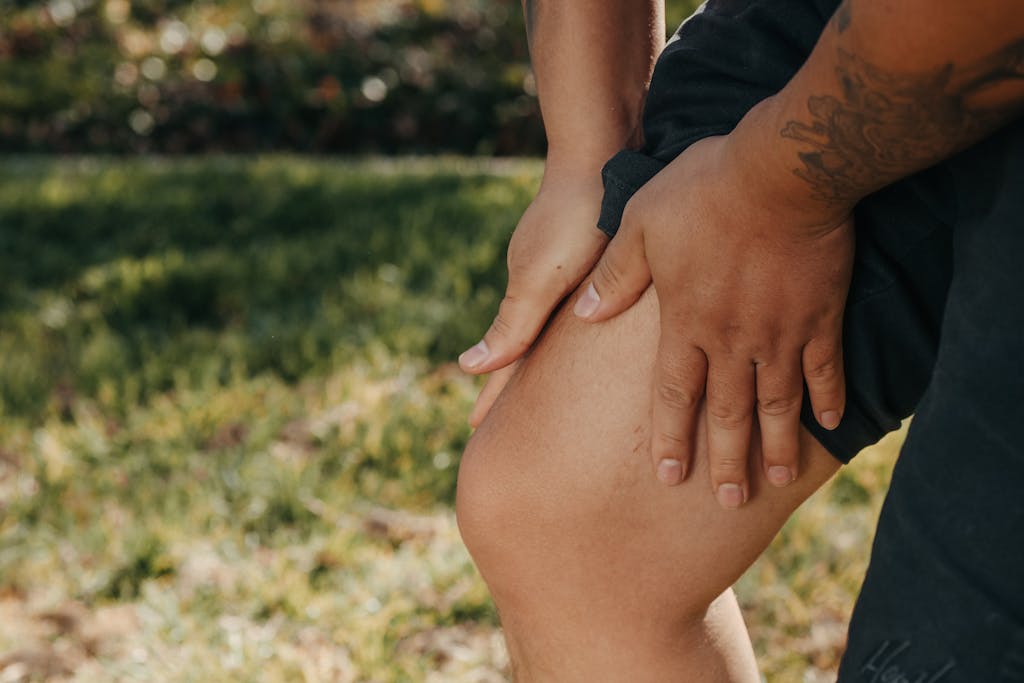Knee pain can be a frustrating and debilitating condition, affecting your ability to perform daily activities. Whether caused by injury, arthritis, or overuse, managing knee pain is crucial for maintaining mobility and quality of life. Physical therapy plays a key role in relieving knee pain and improving function. Here’s how physical therapy can help manage knee pain effectively.
Strengthening Muscles Around the Knee
One of the primary goals of physical therapy for knee pain is to strengthen the muscles surrounding the knee joint. Stronger muscles can help stabilize the knee, reducing strain on the joint itself. A physical therapist will guide you through exercises that target the quadriceps, hamstrings, and calf muscles to improve strength and support. This helps alleviate pain and prevent further injury.
Improving Flexibility and Range of Motion
Limited flexibility and range of motion in the knee can contribute to discomfort and stiffness. Physical therapy includes stretching exercises that focus on improving flexibility in the muscles and ligaments around the knee. Increasing the range of motion can help restore movement and reduce pain, making it easier to perform daily activities like walking or climbing stairs.
Education on Proper Body Mechanics
Poor posture or improper movement patterns can put added stress on the knee joint, leading to pain. A physical therapist will educate you on how to move properly and maintain good posture during activities. They may also provide tips on how to modify your daily routine to prevent excessive strain on the knee, which can help in long-term pain management.
Reducing Inflammation and Swelling
For some people, knee pain is accompanied by swelling and inflammation. Physical therapists often use techniques such as ice, heat, or electrical stimulation to reduce swelling and relieve pain. These methods can promote healing by improving circulation and reducing inflammation, making it easier to move the knee without discomfort.
Improving Balance and Coordination
Knee pain can affect your balance and coordination, making you more prone to falls or further injury. Physical therapy includes exercises that improve balance, stability, and coordination, which can help protect the knee from future harm. Strengthening the lower body’s muscles and improving proprioception (your body’s ability to sense its position) can enhance overall knee function.
Personalized Treatment Plans
Every knee injury or condition is different, which is why physical therapy involves personalized treatment plans. A physical therapist will assess your condition and design a specific program tailored to your needs. Whether you’re recovering from surgery, managing chronic pain, or addressing an injury, a customized approach ensures the most effective results.
Long-Term Pain Relief
The ultimate goal of physical therapy is not just to relieve pain in the short term, but to offer long-term solutions. By addressing the underlying causes of knee pain and teaching you how to care for your knee, physical therapy provides lasting relief. With consistent therapy, you can regain mobility and enjoy an active, pain-free lifestyle.
Physical therapy is an essential component of managing knee pain. Through targeted exercises, education, and specialized treatments, it can help you reduce pain, improve function, and prevent further injury, allowing you to get back to doing the things you enjoy.

